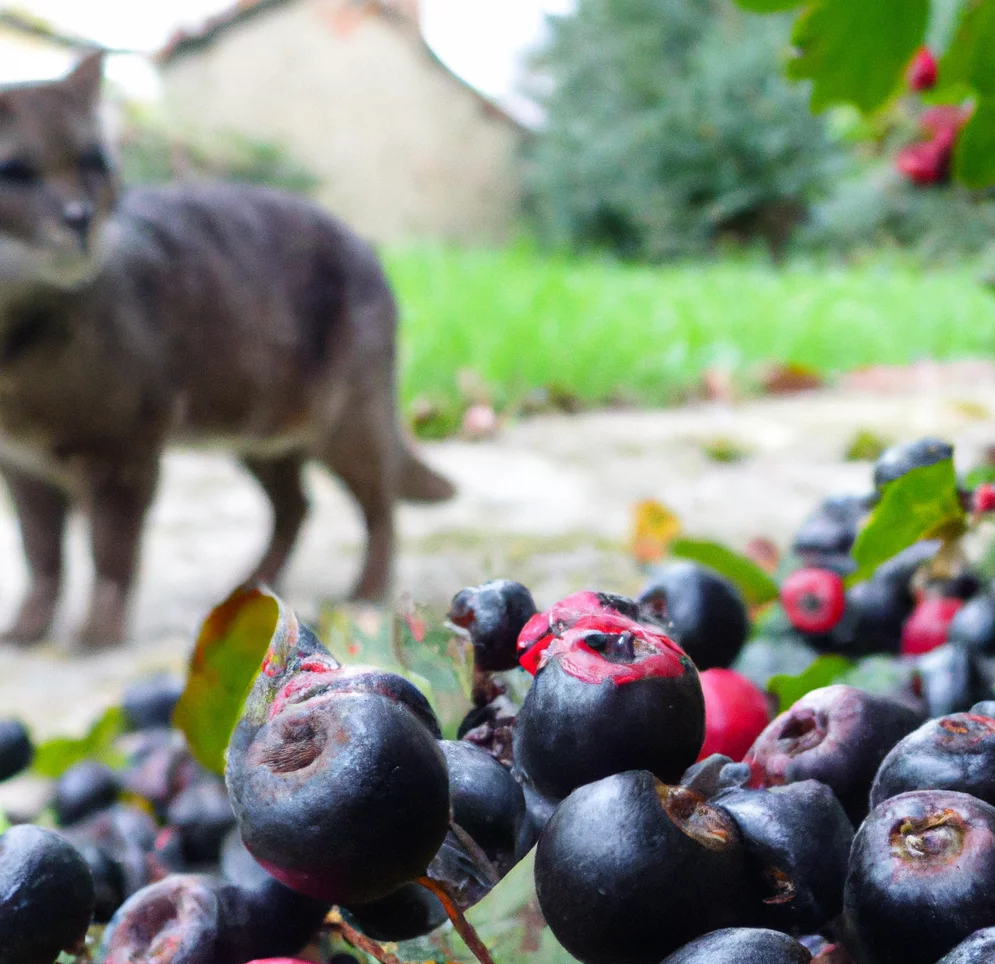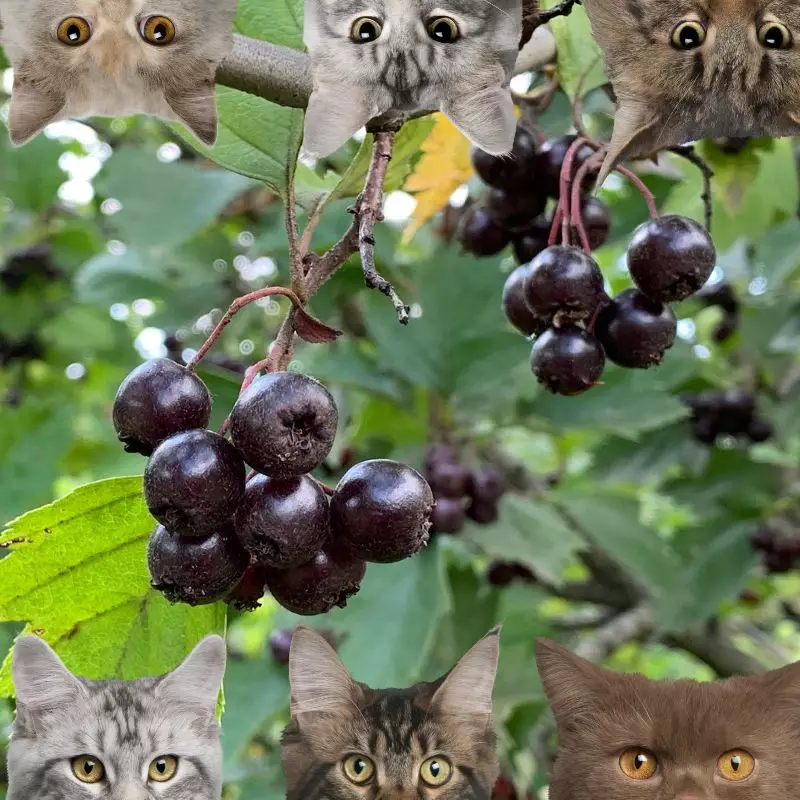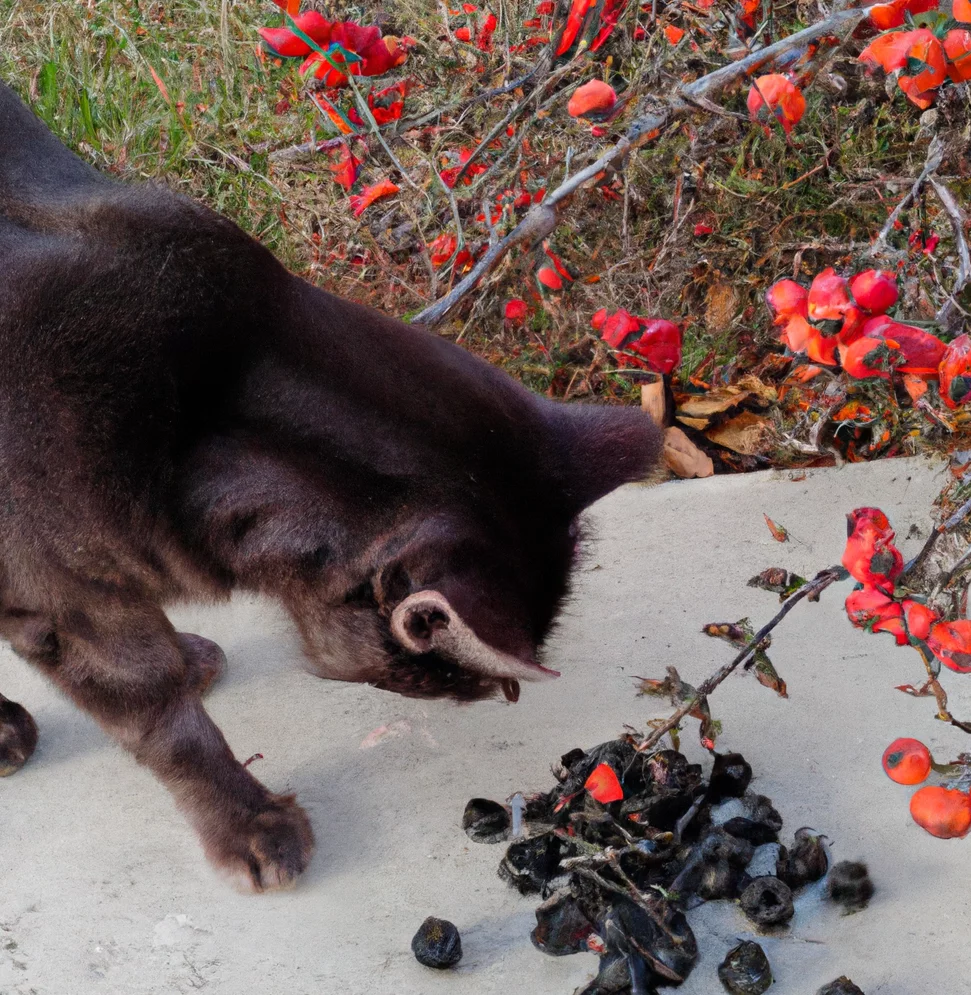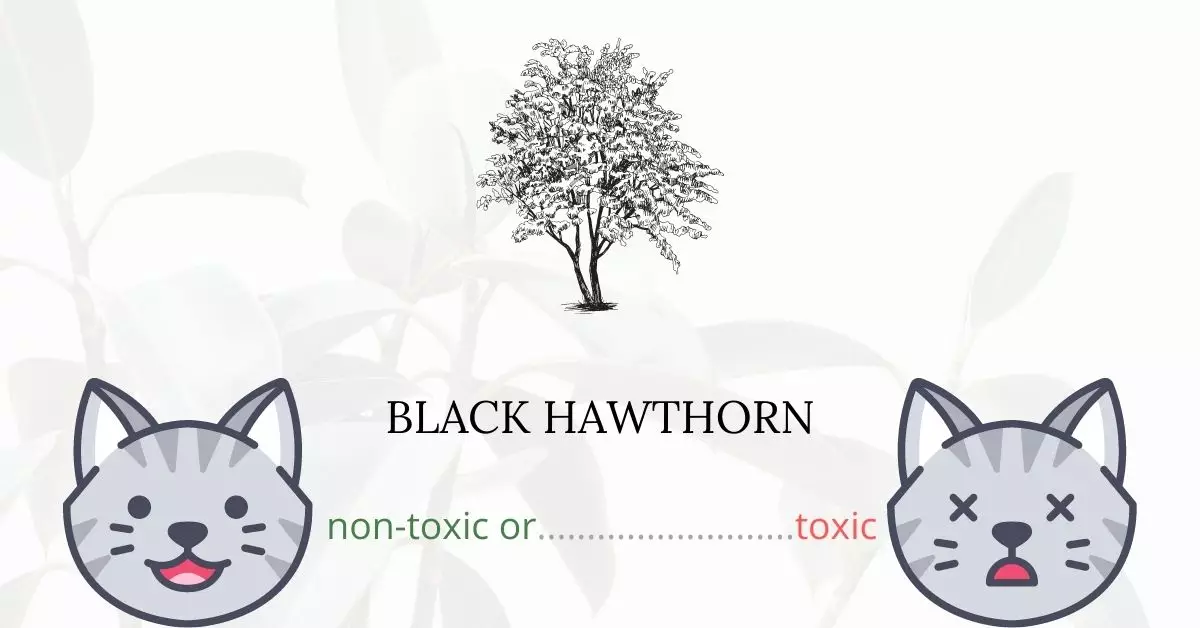Black Hawthorn is generally considered a non-toxic plant for cats, according to the American Society for the Prevention of Cruelty to Animals (ASPCA). It is also deemed safe for dogs and horses. However, research and studies on Black Hawthorn are somewhat limited, and it’s important to note that there are no reported cases of toxicity following the ingestion of small portions of this plant.
This article is the result of a collaborative effort with a team of experienced Doctors of Veterinary Medicine (DVMs). Their invaluable insights and extensive knowledge have enriched our understanding, enabling us to offer precise and current information on the potential risks that various plants, Black Hawthorn in this instance, may pose to cats. Furthermore, we have substantiated our findings by conducting extensive research on high-authority websites such as ASPCA and PetMD, ensuring that each piece of information related to plant toxicity is verified and reliable. Through our collaborative efforts, we aim to provide cat owners with the knowledge needed to safeguard their pets against potentially harmful plants.
Can Cats Eat Black Hawthorn?

If your cat eats a piece of black hawthorn, you need not be concerned. A little piece of this plant will not harm your cat unless it is punctured by its thorns.
Animals should avoid black hawthorns because their branches have thorns that might damage them. While the black hawthorn is typically harmless for cats, it is still a good idea to keep your cats away from them.
Furthermore, because cats are carnivores, eating plants is typically not recommended. Carnivores lack the enzymes required to thoroughly digest plant matter. Cats may have stomach distress if they consume too many plants.
What is Black Hawthorn?

Crataegus douglasii, or black hawthorn, is a compact erect bushy shrub that grows eight to nine meters tall with a trunk up to ten centimeters thick. It has fan-shaped green leaves that are two to five centimeters long and have teeth at the distal border. The branches have thorns about one to two centimeters long.
At the tips of each slender branch, white flowers with greenish centers bloom in clusters. The fruit is a blackish pome up to one centimeter wide with three to five rock-like seeds.
Black hawthorn is also known by the names Weisdornbluten, Blackthorn, Thorn Apple, Thorn Plum, Pirliteiro, Red Hawthorn, May Bush, Oxyacantha, Haw Apple, and Aubepine. The thorny shrub is native to North America, where it may be found in a wide range of habitats, from woodland to scrubland. Black hawthorns are most common in the Pacific Northwest.
Keeping Cats Away From Black Hawthorn

If a black hawthorn is growing in your area, take necessary safety measures and do not let your cat roam around on his or her own.
Restrict your cat from going outside as much as possible. Do all possible methods to keep them indoors such as utilizing cat houses, playpens, and cat cages. It might also help to place fences and safety nets around your house.
Plants to Avoid For Your Cats
If you are a cat owner and unsure if the plants growing in your yard are harmful to your cats, check out this list of toxic plants for cats. You can also check our list of non-toxic plants for cats.





